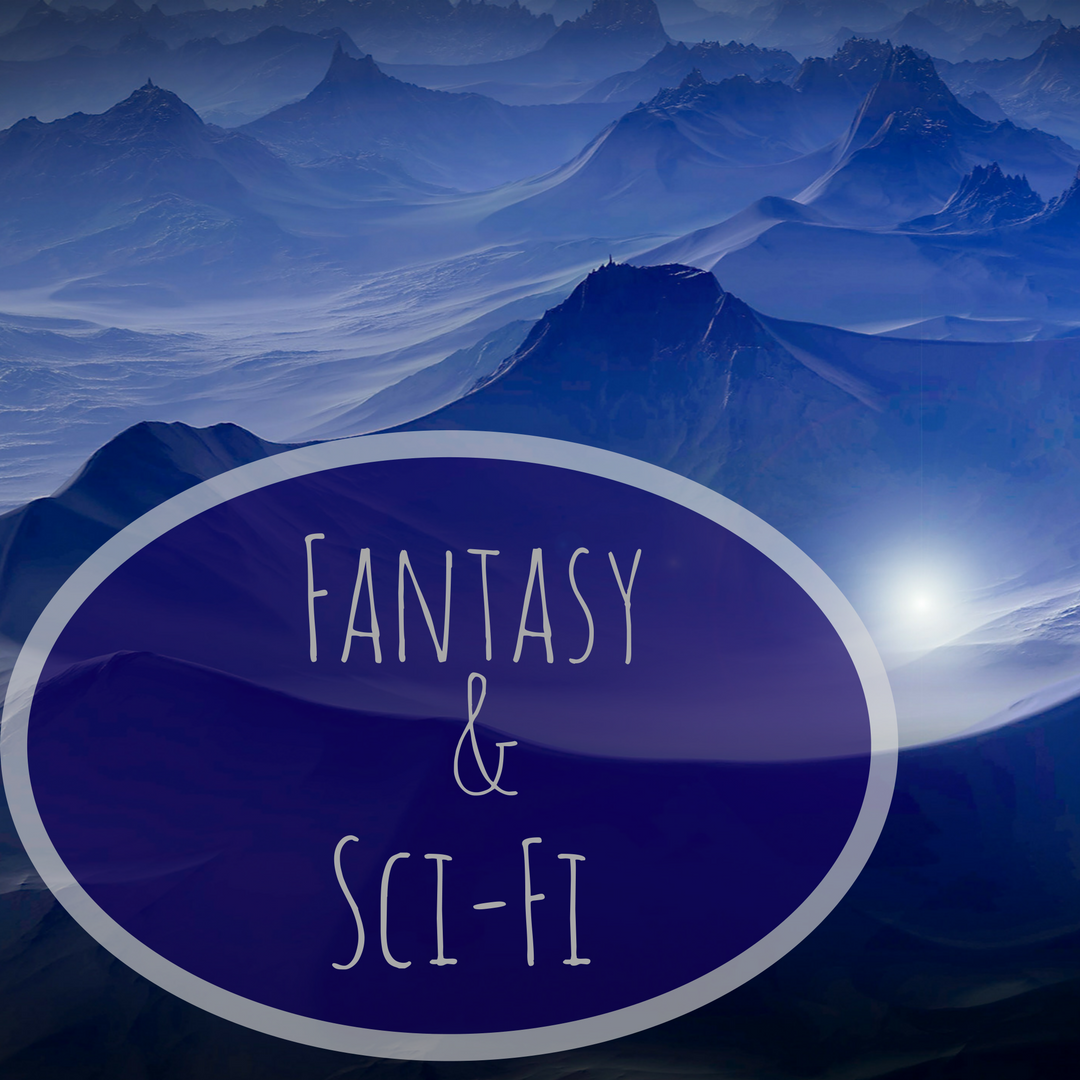There’s an important difference between Science Fiction and Scient Fantasy. Scient Fiction is based on real world science, even if that science is theoretical. Science Fantasy looks and reads like Science Fiction, but it’s not based on real world science. Science Fiction spends more time explaining how the technology in their created world works, while Science Fantasy treats it as akin to a magic system. The classic delineation is Star Trek is Science Fiction, while Star Wars is Science Fantasy.
Known and mundane
Chemical rockets have been powering human spaceflight for decades. Every rocket used this type of propulsion. Whether the fuel is liquid or solid, it’s burned with an oxidizer to create rapidly expanding gas. The design of the rocket gives the gas only the rocket’s nozzle as an outlet and thanks to Newton’s Third Law of Motion, all the force going out causes a reactive force pushing the rocket to the stratosphere and beyond.
SpaceX, one of the leading innovators in space travel, has begun tests on The Raptor, a full flow staged combustion (FFSC) engine. It’s still a chemical reaction, but it’s more fuel efficient and generates more power.
Are you telling me that this sucker is NUCLEAR?
Nuclear fission reactions recall visions of mushroom clouds and destruction, but much like how we can use fire or electricity for both destructive and constructive purposes, this potent reaction is being tested as a possible propulsion source. It works like a chemical rocket. Gases are heated and given the nozzle as their only escape.
The problem with fission engines is size. The current fission reactors are too large for a space faring vehicle, but research and experimentation continue. The other issues is launch failure. It’s one thing when a chemical rocket explodes, but a nuclear rocket could spread radioactive material over a large area. That is not ideal.
It’s electric
There are few sounds more iconic than the Twin Ion Engines of a Sienar Fleet Systems T.I.E fighter. This technology is getting some real application. The drives ionize particles and fire them out a thruster. They are fuel efficient and can even be solar powered. Real-world applications include Esa’s SMART-1 mission to the Moon and Bepi-Colombo mission headed to Mercury.
The major issue with ion drives is speed. They are too slow for any manned mission, but NASA is working on more powerful versions for a proposed moon mission.
Solar sails
Versions have of Solar sails have appeared in popular Science Fiction and Science Fantasy. The real-world versions rely on catching photons emitted by the Sun. They propel the sail through space. There is an inverse relationship between distance from the Sun and speed. The Japanese IKAROS spacecraft and the Planetary Society Lightsail-2 project have both employed this technology. Unfortunately for solar sail enthusiasts, these engines make the ion engines look fast.
Scientist continue to push the boundaries of our technology, chasing the dreams birth in them by writers of great science fiction. The writers inspire the scientist to reach new heights and the discovers the scientist make inspire greater and more fantastical stories from the writers. It’s a beautiful, symbiotic relationship.

Ted Atchley is a freelance writer and professional computer programmer. Whether it’s words or code, he’s always writing. Ted’s love for speculative fiction started early on with Lewis’ Chronicles of Narnia, and the Star Wars movies. This led to reading Marvel comics and eventually losing himself in Asimov’s Apprentice Adept and the world of Krynn (Dragonlance Chronicles).
After blogging on his own for several years, Blizzard Watch (blizzardwatch.com) hired Ted to be a regular columnist in 2016. When the site dropped many of its columns two years later, they retained Ted as a staff writer.
He lives in beautiful Charleston, SC with his wife and children. When not writing, you’ll find him spending time with his family, and cheering on his beloved Carolina Panthers. He’s currently revising his work-in-progress portal fantasy novel before preparing to query.
Ted has a montly newsletter which you can join here. It’s a roundup of links about writing, Star Wars, and/or Marvel with brief commentary from him.
- Twitter: @tedatchley3
- Twitter: @honorshammer (gaming / Blizzard Watch)





No Comments